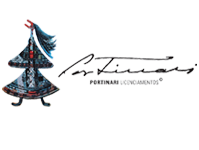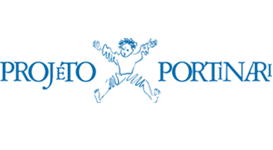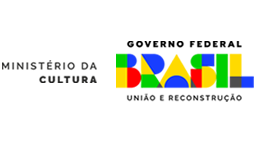General Info
His first impression of Portinari; memories of the Escola Nacional de Belas Artes/ENBA; Ismael Nery; the beginning of his relationship with Portinari; the exhibition at the Palace Hotel; Modigliani's influence on Portinari; Lúcio Costa's nomination to head the ENBA; promotion of the arts during the beginning of Getúlio Vargas’ government; Manuel Bandeira; commercial failure of Portinari's show; acquisition of "Portrait of Maria"; Portinari keeps the portrait; the 1931 Salon; his contact with the artists from São Paulo; Warchavchik is invited to teach at the ENBA; group from São Paulo participates in the ENBA Salon; the organization of the ENBA Salon; Celso Antônio; structural renovation in the ENBA; the influence of Vienna in the organization of the Salon; the organizing committee; hard times for Portinari; construction of small houses in Copacabana; "Portrait of Maria Gallo"; "Portrait of Odete Monteiro"; Lúcio Costa does not let Portinari paint his family; inauguration of the Salon is postponed; selection criteria for the ENBA Salon; cancellation of the prize trip to Europe; the Brazilian Pavillion at the New York World’s Fair (1939); Celso Antônio's sculptures; Portinari's panels; construction of the Ministério da Educação e Saúde/MES building; Capanema's commitment to this project; seeking advice from Mário de Andrade; Portinari's studies for the glazed tile murals; picking themes; the panels "Choir" and "Song School"; the importance of including tiles in the decoration of modern Brazilian architecture; Le Corbusier's collaboration; Portinari draws motifs for tiles; Rossi does the work; Portinari as the "official" artist; artists of the ENBA Salon; Lúcio Costa criticises his own work at the ENBA; beginning and end of the Universidade do Distrito Federal/UDF; the essay "Razões da Nova Arquitetura"; Carlos Leão; Lúcio Costa's lack of calling for teaching; Portinari's classes; the Batatais museum project; his friendship with Portinari; Lúcio Costa's impressions on Portinari's death; Carmen Saavedra's house; Batista da Costa; Saavedras' mural "Divine Sheperdess Lady"; the blending of the architect and the muralist; his awe of Portinari; the panel "First Mass in Brazil" of Banco Boavista; Prestes' image in the panel "Tiradentes"; the delay in the modernization of the ENBA; his first contact with authentic Brazilian architecture in 1922.
























































